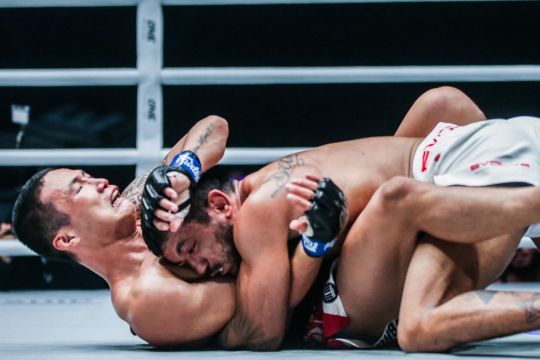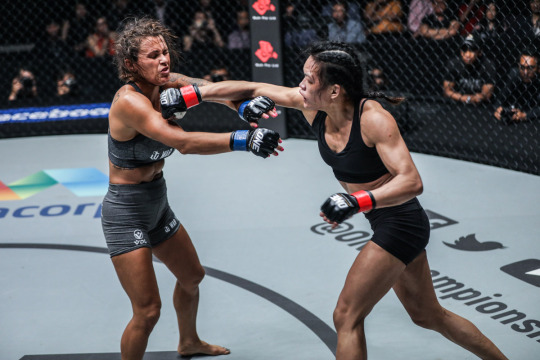Martial arts improves your health, fitness, and discipline – but it is also a life skill everyone should have.
Not many people go out of their way looking for confrontations, but if you ever find yourself in a situation that cannot be avoided, knowing a martial art will come in handy.
Here are three martial arts you can use in self-defense scenarios.
Brazilian Jiu-Jitsu

Brazilian Jiu-Jitsu (BJJ) focuses on using technique and leverage against would-be attackers.
Having basic BJJ fundamentals helps you control your attacker and tie him or her up on the ground. In most one-on-one situations, it can be an extremely valuable skill that you can use to overpower your opponent and de-escalate a dangerous situation.
This is particularly useful against attackers who are physically bigger than you. Once you are able to bring them down to the ground, having knowledge of a grappling discipline allows you to better control the action.
Even at a size disadvantage, remember that you will have at your disposal a variety of non-threatening submission techniques like headlocks and chokeholds to counter your attacker.
Furthermore, if you are taken down, having a good BJJ base would allow you to better defend from most attacks while on the ground.
Copa De Mundo BJJ World Champion Alex “Little Rock” Silva used “the gentle art” to stand up against his childhood bullies.
It has remained a source of strength and confidence for “Little Rock,” who now competes in the world’s largest martial arts organization, ONE Championship.
Muay Thai

Since most physical confrontations often start on the feet, learning how to engage your attacker at range can be advantageous to your physical well-being.
If you can alternate between offense and defense, it will help to keep your attacker at bay, thus greatly reducing the risk of incoming damage.
It is hard to find a more complete style of striking than Muay Thai. “The art of eight limbs” employs the use of arms, legs, elbows, fists, and even knees.
With such a wide variety of striking options, your attacker has to be cautious when approaching, and this can help buy valuable time while waiting for help to arrive.
Muay Thai practitioners are also trained to be comfortable in close-range engagements – especially in the clinch, where precision takes precedence over power.
Sweeps and teeps can also be effective in bringing your attacker down to the ground. Once there, you can switch to a grappling-style attack to control or disarm them.
Nong-O Gaiyanghadao is a Muay Thai legend who has mastered how to strike and counter effectively at range. The Thai native’s knowledge and experience have made him one of the greatest competitors in his country’s national sport.
Boxing

Nothing can halt an aggressive attacker faster than a well-timed punch. Boxing is a great skill to have in any combative situation, as it gives you the power to down an opponent instantly.
A hallmark of every good boxer is pristine footwork. Learning how to slip and slide, while throwing the perfect counters will make any attacker think twice about getting in range.
In addition to that, while you are taught to throw punches correctly, you also learn how to react when they are thrown your way. This way, you will not be caught by surprise or easily intimidated by your attacker, which will further demoralize him or her.
Boxers are also known for their incredible conditioning and stamina. This is key in any encounter as it allows you to control the tempo of the exchange, and there is also the strong likelihood you can outlast your opponent.
Tiffany “No Chill” Teo showed that boxing can be effective even against an opponent with a grappling pedigree like Michelle Nicolini. Whenever she could, Teo kept eight-time BJJ World Champion in close quarters on the feet and outpointed her over three rounds to claim a unanimous decision win.










